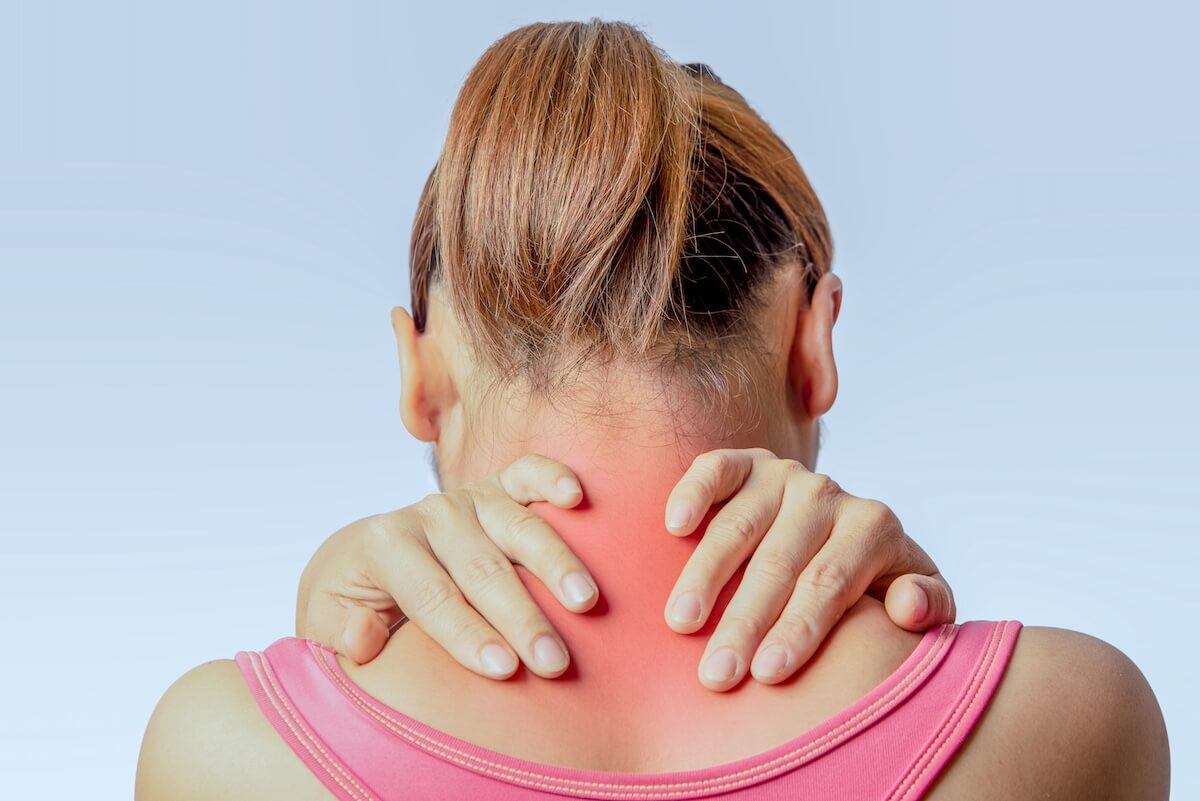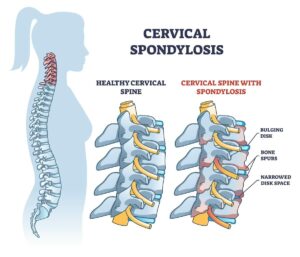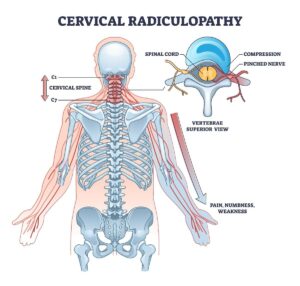Free download: Top 10 Natural & Easy Remedies for Joint Pain from Home. Learn these helpful remedies.
Estimated Reading Time: 4 minutes read
Living with cervical stenosis can be challenging, but there’s hope on the horizon. This condition, where the spinal canal narrows in your neck, often leads to discomfort and limited mobility. But worry not! With simple yet effective strategies, managing this condition is entirely possible. This article will guide you through the basics of cervical stenosis, its causes, symptoms, and some easy exercises that can provide relief.
Cervical stenosis doesn’t have to dictate the quality of your life. By understanding what triggers your discomfort and adopting targeted exercises, you can reclaim your comfort and mobility. Let’s dive into the essentials of cervical stenosis, explore its common causes and symptoms, and discover how three straightforward exercises can make a significant difference.
Table of Contents
Causes of Cervical Stenosis
Cervical stenosis can arise due to various reasons, impacting your well-being. Here are six common causes:
- Aging: As we age, our spine undergoes natural wear and tear, leading to the narrowing of the spinal canal.
- Heredity: If narrow spinal canals run in your family, you might be more prone to cervical stenosis.
- Arthritis: Conditions like osteoarthritis and rheumatoid arthritis can cause spine changes, contributing to stenosis.
- Spinal Injuries: Accidents or traumas can cause dislocations or fractures of the spine, leading to stenosis.
- Tumors: Abnormal growths within the spinal canal can press against the nerves, leading to narrowing.
- Bone Diseases: Certain conditions can lead to bone overgrowth, encroaching on the space of the spinal canal.
Symptoms of Cervical Stenosis
Recognizing the symptoms of cervical stenosis is crucial for timely intervention. Here are common signs to watch out for:
- Neck Pain: Discomfort or pain in the neck, often worsening with activity.
- Numbness: A lack of sensation in your arms, hands, or fingers.
- Weakness: Muscle weakness, making it hard to grasp objects or perform daily tasks.
- Balance Issues: Difficulty in walking or maintaining balance.
- Coordination Problems: Challenges in performing precise movements.
- Loss of Bladder or Bowel Control: In severe cases, you may experience incontinence.
Simple Exercises for Relief
Before jumping into exercises, it’s important to note that consistency and correct form are essential. These exercises, when done regularly, can help alleviate the discomfort caused by cervical stenosis. Here’s what you can do:
1. Chin Tucks
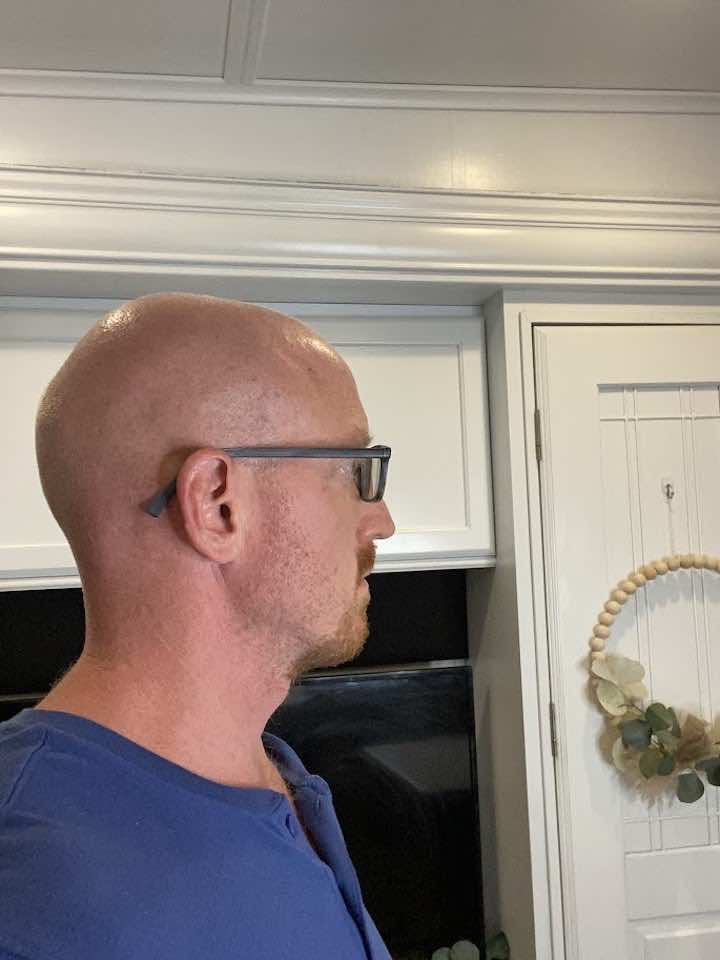
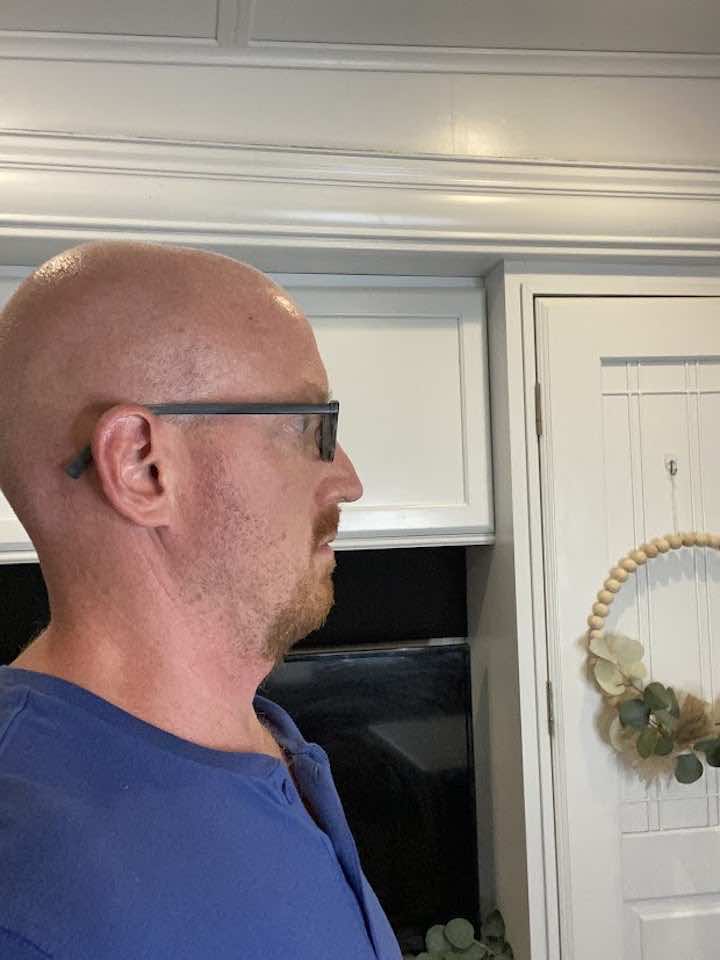
- You can perform a chin tuck laying on your back or sitting or standing.
- Gently tuck the chin directly back as if trying to make a double chin. Avoid nodding your head.
- Hold this position for 2 seconds, then slowly relax your muscles.
- Repeat 10 repetitions.
2. Scapular Retraction
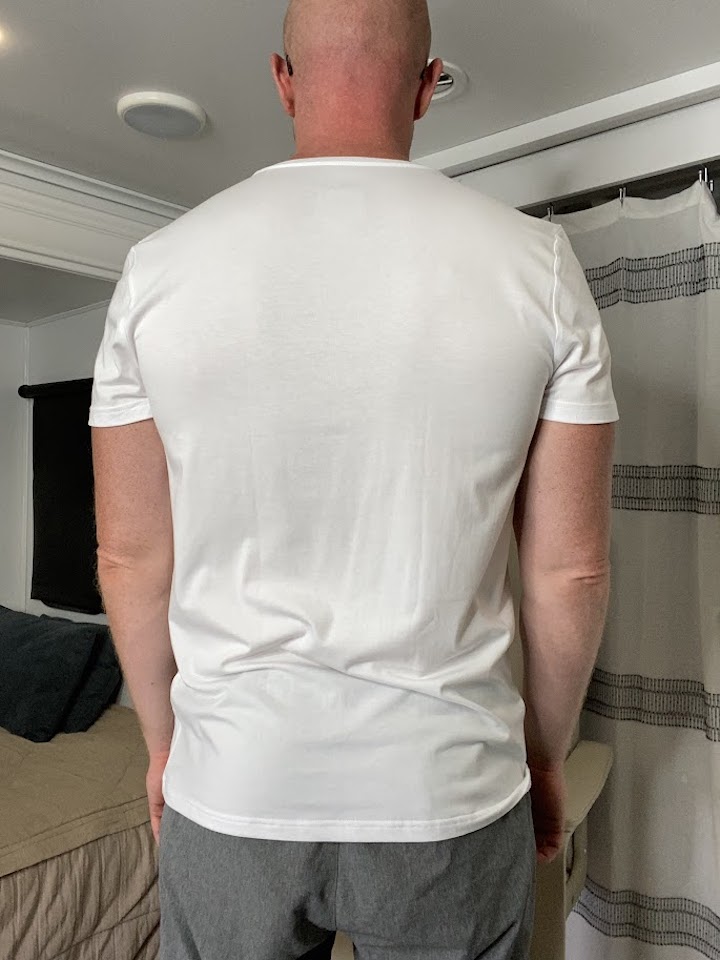
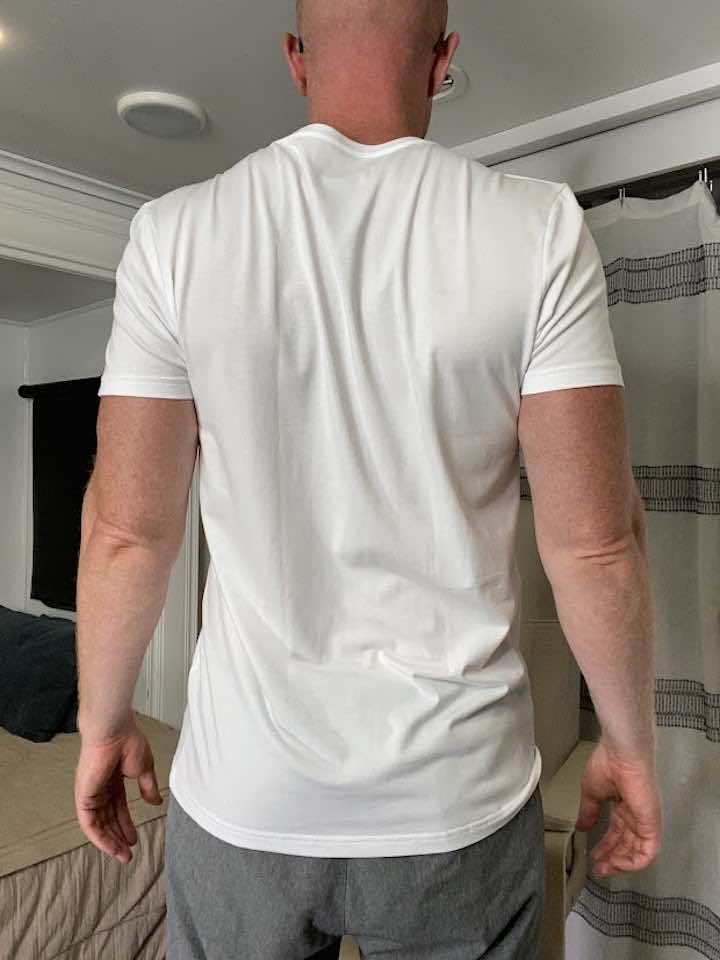
- In a sitting or standing position, try to sit as straight as possible. Aim to position the head in a neutral position as possible.
- Gently pull the shoulders back and squeeze the shoulder blades together.
- Hold for 5 seconds, then relax.
- Repeat 10 repetitions for 3 sets.
3. Gentle Neck Range of Motion Exercises
A: Flexion:
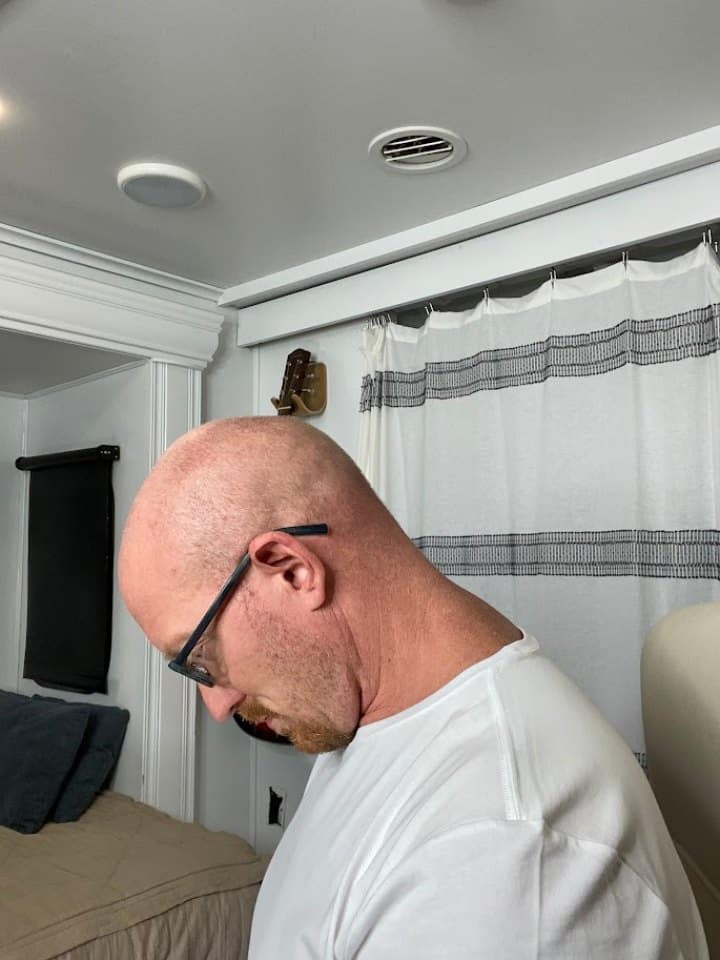
- Bend the head forward until you feel a comfortable stretch on the back of the neck.
- Hold for 2 seconds, then return to your starting position.
- Repeat 5-10 repetitions for 2 sets.
B: Extension:
- Bend the head backward. Do not push into pain.
- Hold for 2 seconds, then return to your starting position.
- Repeat 5-10 repetitions for 2 sets.
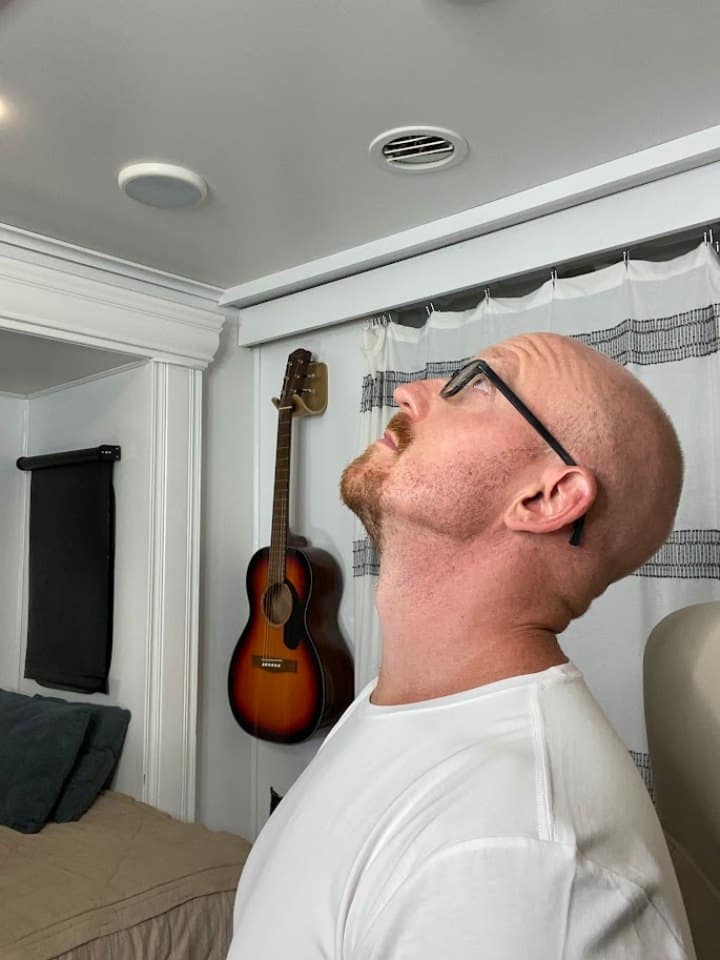
C: Rotation:
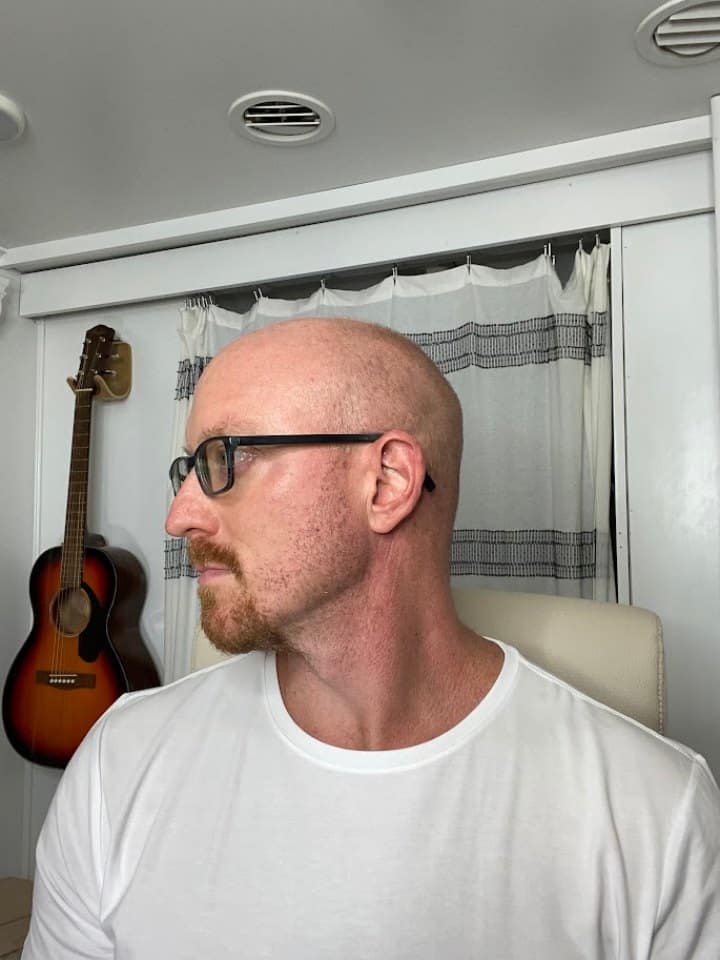

- Turn the head one side at a time, practicing on both the left and right sides.
- Make sure you don’t force the motion.
- Key in on turning away from the side the cervical dystonia is naturally pulling you into.
- Hold for 2 seconds, then return to your starting position.
- Repeat 5-10 repetitions for 2 sets.
Care Tips for Cervical Stenosis
Managing cervical stenosis extends beyond exercises. Here are some care tips to incorporate into your daily routine for a holistic approach:
- Maintain Good Posture: Proper alignment reduces pressure on the neck and spine.
- Stay Active: Regular physical activity keeps the spine flexible and muscles strong.
- Mind Your Diet: A balanced diet aids in maintaining optimal weight, reducing stress on the spine.
- Avoid Heavy Lifting: Protect your spine by avoiding activities that strain your neck and back.
- Use Supportive Devices: Items like neck braces or ergonomic chairs can provide additional support.
- Consult Healthcare Professionals: Regular check-ups and following medical advice are crucial for managing the condition effectively.
Conclusion
Cervical stenosis might pose challenges, but with the right approach, leading a comfortable life is possible. Understanding the causes and symptoms is the first step toward effective management. Incorporating the suggested exercises into your routine can provide significant relief and improve your quality of life.
Remember, complementing these exercises with the care tips provided ensures a comprehensive approach to managing cervical stenosis. Embrace these practices, and take a positive stride towards a more comfortable and fulfilling life.


